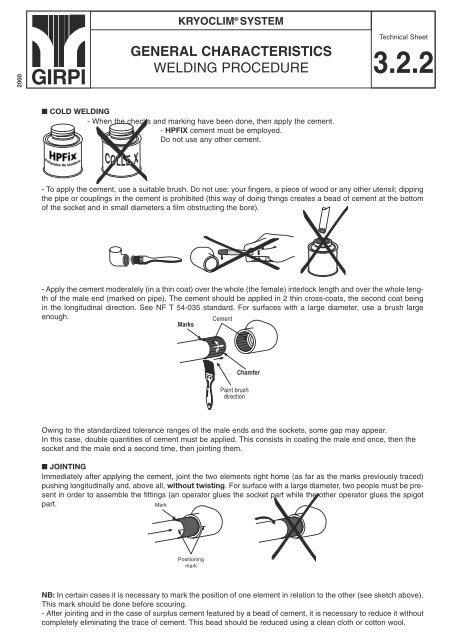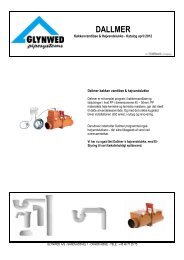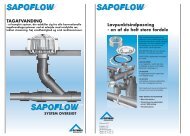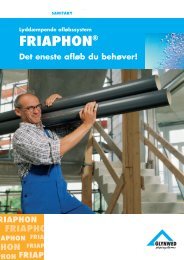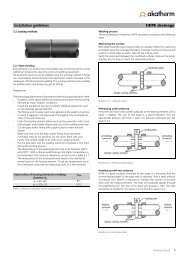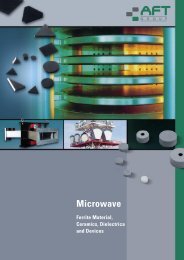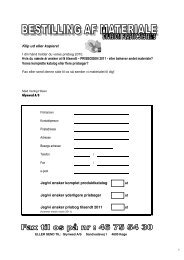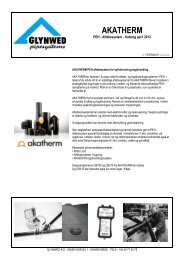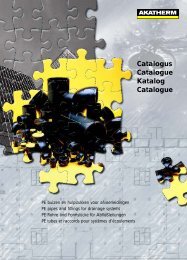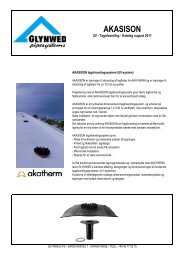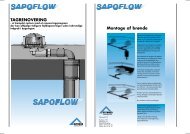KRYOCLIM gb janvier 2004 - Glynwed A/S
KRYOCLIM gb janvier 2004 - Glynwed A/S
KRYOCLIM gb janvier 2004 - Glynwed A/S
You also want an ePaper? Increase the reach of your titles
YUMPU automatically turns print PDFs into web optimized ePapers that Google loves.
<strong>KRYOCLIM</strong> ® SYSTEM<br />
2000<br />
GENERAL CHARACTERISTICS<br />
WELDING PROCEDURE<br />
Technical Sheet<br />
3.2.2<br />
■ COLD WELDING<br />
- When the checks and marking have been done, then apply the cement.<br />
- HPFIX cement must be employed.<br />
Do not use any other cement.<br />
- To apply the cement, use a suitable brush. Do not use: your fingers, a piece of wood or any other utensil; dipping<br />
the pipe or couplings in the cement is prohibited (this way of doing things creates a bead of cement at the bottom<br />
of the socket and in small diameters a film obstructing the bore).<br />
- Apply the cement moderately (in a thin coat) over the whole (the female) interlock length and over the whole length<br />
of the male end (marked on pipe). The cement should be applied in 2 thin cross-coats, the second coat being<br />
in the longitudinal direction. See NF T 54-035 standard. For surfaces with a large diameter, use a brush large<br />
enough.<br />
Cement<br />
Marks<br />
Chamfer<br />
Paint brush<br />
direction<br />
Owing to the standardized tolerance ranges of the male ends and the sockets, some gap may appear.<br />
In this case, double quantities of cement must be applied. This consists in coating the male end once, then the<br />
socket and the male end a second time, then jointing them.<br />
■ JOINTING<br />
Immediately after applying the cement, joint the two elements right home (as far as the marks previously traced)<br />
pushing longitudinally and, above all, without twisting. For surface with a large diameter, two people must be present<br />
in order to assemble the fittings (an operator glues the socket part while the other operator glues the spigot<br />
part.<br />
Mark<br />
Positioning<br />
mark<br />
NB: In certain cases it is necessary to mark the position of one element in relation to the other (see sketch above).<br />
This mark should be done before scouring.<br />
- After jointing and in the case of surplus cement featured by a bead of cement, it is necessary to reduce it without<br />
completely eliminating the trace of cement. This bead should be reduced using a clean cloth or cotton wool.


